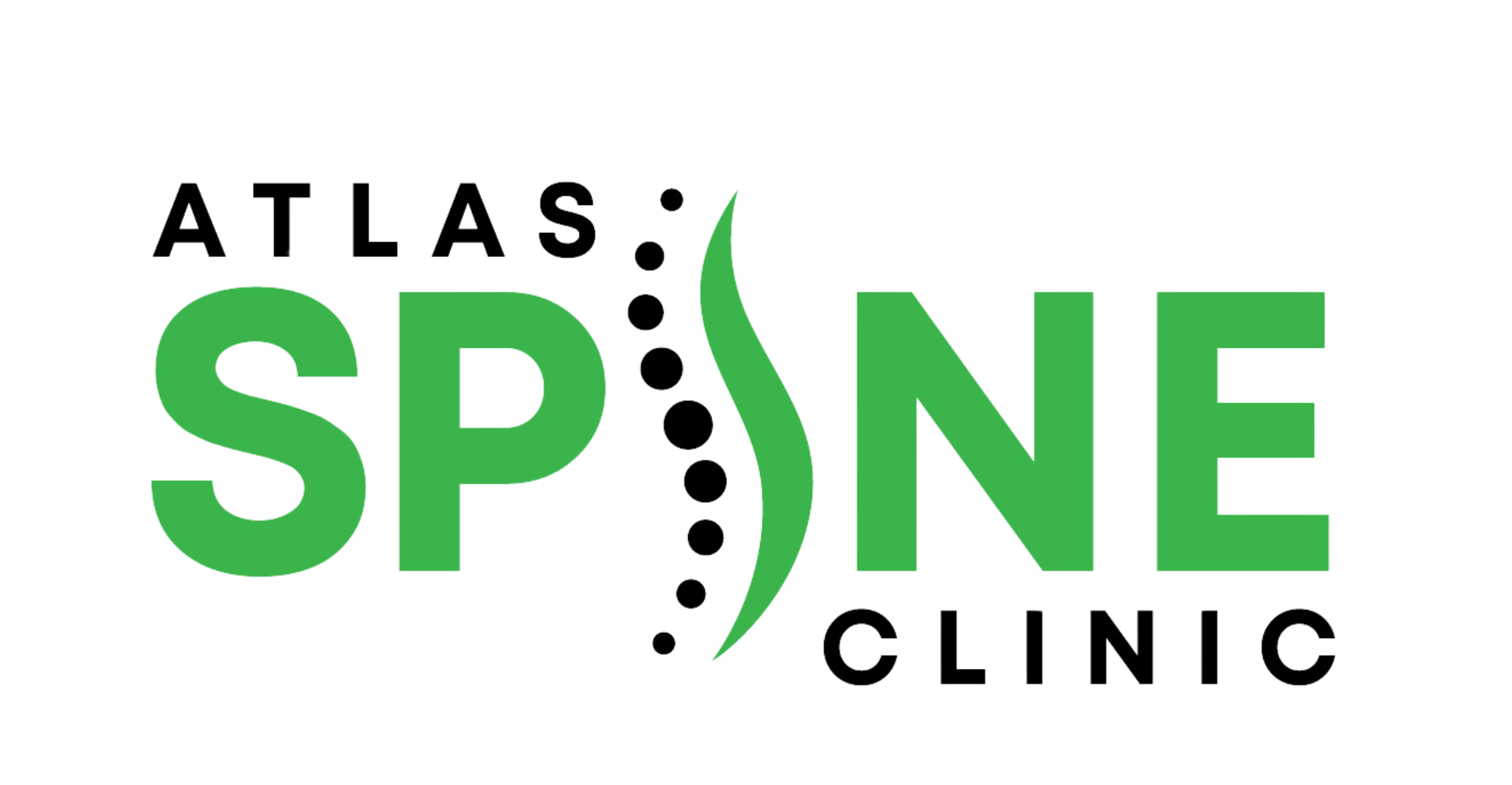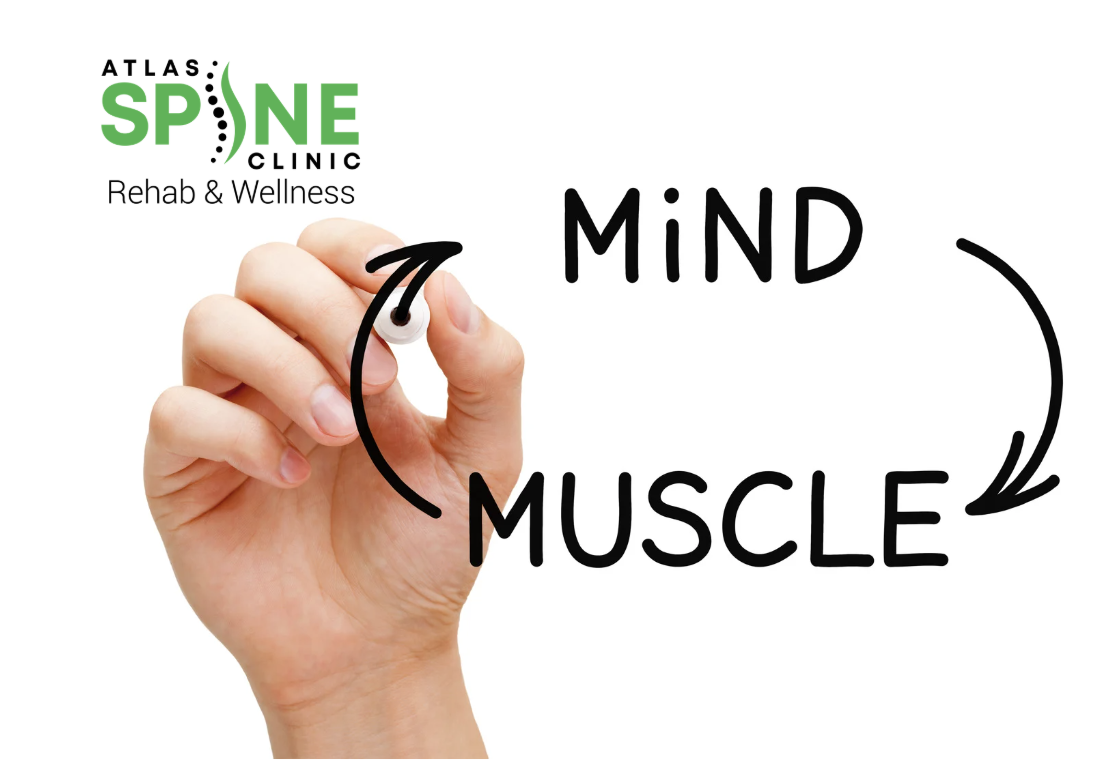Fibromyalgia brings persistent pain, chronic fatigue system, and discomfort, making everyday life a struggle. While there’s no cure, chiropractic care offers a natural, non-invasive solution to help manage symptoms and improve overall well-being.
Chiropractic treatments can reduce pain, enhance mobility, and promote restful sleep by addressing spinal alignment and muscle tension. In this blog, we’ll explore how chiropractic care can support your journey to relief and a more balanced life.
What Is Fibromyalgia?
Fibromyalgia is a chronic pain or condition that causes widespread pain, fatigue, and tenderness by amplifying the brain’s response to pain signals. It can also lead to sleep issues, memory problems (“fibro fog”), and mood swings, making daily life challenging.
Though the exact cause is unknown, it’s often linked to factors like physical trauma, infections, or prolonged stress. Most common in women, fibromyalgia symptoms can vary in intensity and flare during stress or activity. While there’s no cure, treatments like chiropractic care can help manage symptoms and improve quality of life.
How Chiropractic Care Addresses Fibromyalgia Symptoms
Chiropractic care takes a holistic approach to managing fibromyalgia by focusing on pain relief, mobility, and overall well-being. Here’s how it addresses key symptoms:
1. Pain Relief through Spinal Manipulation
Spinal misalignments can intensify nerve pain, a common issue for fibromyalgia patients. Chiropractors use gentle spinal adjustments to restore alignment, reduce nerve irritation, and alleviate pain, helping your body function more effectively.
2. Soft Tissue Therapy
Techniques like myofascial release and trigger point therapy target tight muscles and connective tissues, relieving tension and improving blood flow. This helps reduce muscle tenderness and muscle stiffness commonly associated with fibromyalgia.
3. Exercise and Rehabilitation
Chiropractors may recommend low-impact exercises and stretching routines tailored to your condition. These movements can improve flexibility, strengthen muscles, and reduce flare-ups, supporting better overall mobility.
4. Nutritional Guidance
Diet plays a crucial role in managing fibromyalgia. Chiropractors often provide advice on anti-inflammatory foods and supplements to help reduce inflammation, boost energy levels, and improve overall health.
5. Stress Reduction Techniques
Stress can worsen fibromyalgia symptoms. Chiropractic care promotes relaxation through gentle adjustments and may include techniques like guided breathing or mindfulness exercises to reduce stress and its impact on your body.
6. Improved Sleep Quality
Pain and tension often disrupt sleep for fibromyalgia patients. By relieving physical discomfort and promoting relaxation, chiropractic care can help you sleep more deeply and wake up feeling refreshed.
7. Additional Benefits of Chiropractic Care
Beyond pain relief, chiropractic treatments improve overall nervous system function, enhancing your body’s ability to heal and adapt. This holistic approach supports long-term symptom management and a better quality of life.
What to Expect During Your Chiropractic Visit
Your first chiropractic visit for fibromyalgia management will focus on understanding your condition and creating a personalized treatment plan. Here’s what you can expect:
- Initial Consultation
The chiropractor will begin by discussing your medical history, symptoms, and lifestyle. This includes understanding the severity of your pain, triggers, and how fibromyalgia affects your daily activities.
- Physical Assessment
A thorough physical examination will follow, focusing on posture, spinal alignment, and areas of muscle tension. The chiropractor may assess your range of motion and identify any specific pain points or imbalances.
- Customized Treatment Plan
The chiropractor will design a treatment plan tailored to your needs based on the findings. This plan may include spinal adjustments, soft tissue therapies, exercises, and lifestyle recommendations to manage your symptoms effectively.
- Chiropractic Adjustments
Your chiropractor may perform gentle spinal manipulations during your session to improve alignment, reduce nerve irritation, and alleviate pain. These adjustments are typically painless and aim to enhance your overall mobility.
- Soft Tissue Therapies
Techniques like trigger point therapy or myofascial release may be used to address muscle tension and tenderness, helping to ease the widespread discomfort associated with fibromyalgia.
- Home Care Guidance
You’ll likely receive advice on self-care practices, such as exercises, stretches, or dietary changes, to complement your in-office treatments and improve symptom management at home.
- Open Communication
Your chiropractor will ensure you feel comfortable throughout the process, explaining each step and answering any questions. Regular feedback is encouraged to adjust the treatment plan as needed for the best results.
Wrapping Up
Chiropractic care provides a natural, tailored solution for managing fibromyalgia, offering relief from pain, improved mobility, reduced stress, and better sleep. By addressing the root causes of discomfort, it helps restore balance and enhance overall well-being. Take the first step toward a more comfortable life—schedule your consultation today.






